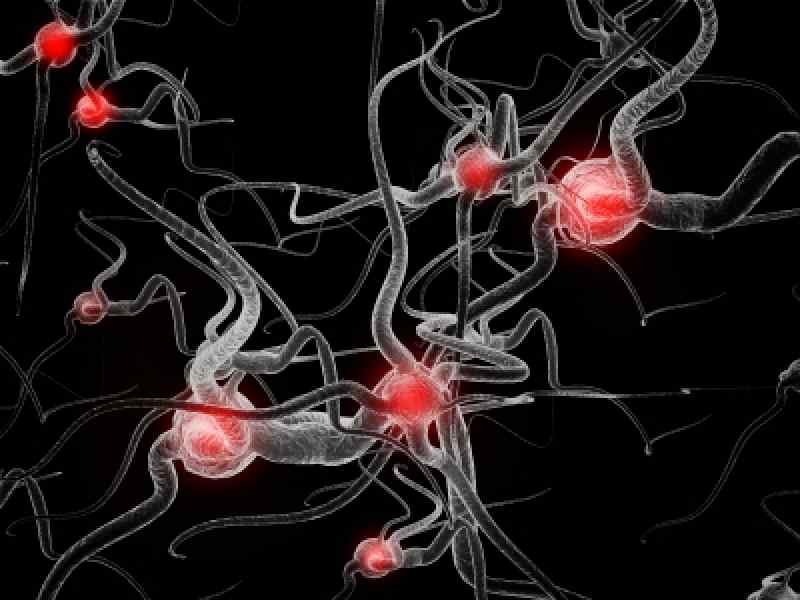Submitted by administrator on
American studies on Mice in the US has come up with new findings that have concluded that while we depend on light to see, so too, is light paramount ante-natally, for our eyes to develop correctly.
Scientists and researchers in ongoing studies have announced that a specific number of photons must be present and enter the mothers body by the third trimester for the eye to be produced healthily. In the mouse specimen, the light needed to be present by sixteen days into the mouse pregnancy.
The presence of the light photons has also been discovered to trigger a known protein named Melanopsin which is IN the foetus itself which goes on to activate the development of blood vesells and also the retinal neurons. The normal light -response pathway will assist in restricting the retinal blood vessels, which are vital to the neurons, that need vast Oxygen levels to develop and function. Without the pathway, retinal vessels grow unchecked and putting pressure on the forming eye and can cause damage, and retinopathy of prematurity.
The research was to identify the specific components and the full function of the light response pathways.
Mice used in the study were kept in darkness until the late stages of pregnancy when they were introduced to a normal pattern of night and day to look at the effects on vascular eye development.
Researchers mutated an opsin gene ( Opn4) which produces the protein ( Melanopsin) which effectively prevents activation of the photo pigment. The subjects showed abnormal retinal vascular growth and an over expanse of hyaloid vessels. This was driven by the protein vascular endothelial growth factor ( Vegfa). A properly engaged light response pathway modulates Vegfa which assists in stopping promiscuous vascular growths.

